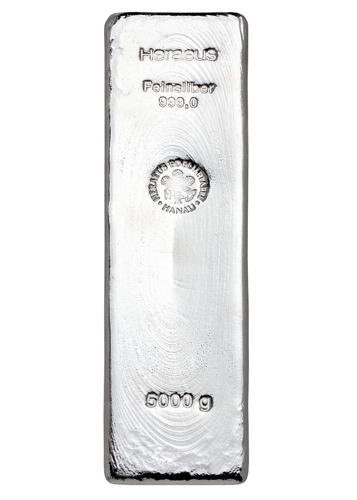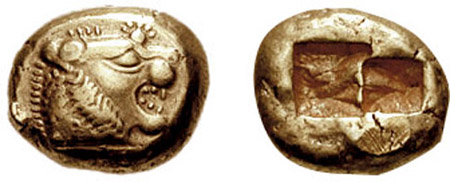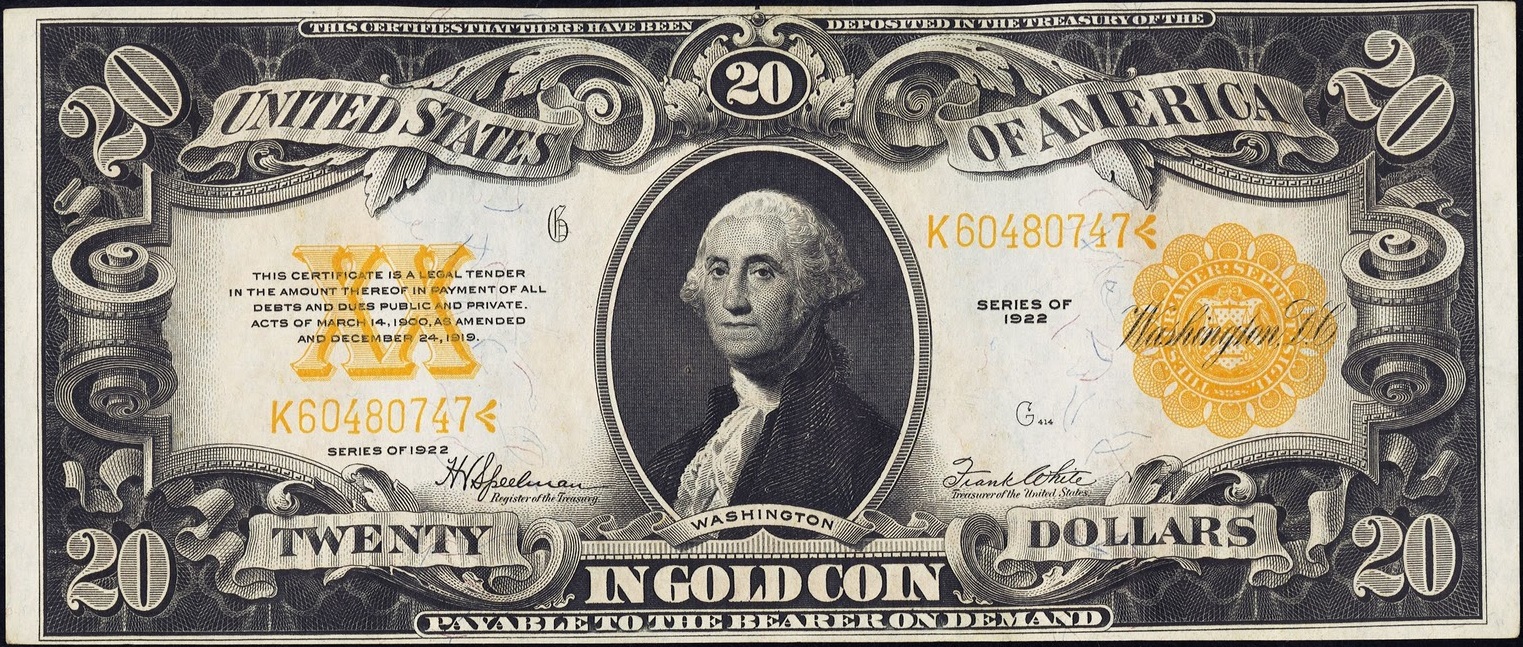Fungibility
Published: 03-09-2014 09:00

Money is one of the most important features of any civilized economy. It is the lifeblood, or the lubricant if you will, that makes an economy run smoothly without any bottlenecks that hinders capital to flow to where it creates value for the consumer. It nourishes the parts of the economic body that needs it. Without money the members of any given society, i.e. the consumers, must rely on the cumbersome and inefficient process of bartering. If we would still rely on conducting trade thru the process of barter, our society would not be nearly as highly specialized, nor have the myriad of professions and trades that we see today.
Bartering has many downsides, but one of the most obvious one is the problem of the double coincidence of wants meaning that if we conduct our day-to-day trade using barter, the parties engaged in a trade must both want what the other party is offering. So if a fisherman needs shoes, he has to find a shoemaker that wants fish, something that might be incredibly painstaking if not impossible. Clearly not an efficient way to do business.
In a very limited economy, consisting only of a few families, barter can suffice fairly well in maintaining livable day-to-day conditions. But when society expands beyond just a few families, the stage is already set for the emergence of some kind of standardized monetary unit.
The functions of money
The functions of money are usually defined by at least three basic criteria: Unit of account, store of value, and measure of value. To be able to fulfill these three criteria, whatever is used as money should be durable, divisible, homogenous and fungible. The last mentioned characteristic, fungibility, is probably one of the least discussed but ever so important criteria that needs to be fulfilled for something to function as a money and a long term store of wealth. Fungible means that something is interchangeable for any other unit of a good or commodity as long as it is of the same grade and volume. A bushel of class a grain is interchangeable with any other bushel of class a grain.
Many things has been used as money thru out the millennia such as nautilus shells, feathers, cattle, grain, precious gemstones and of course, never to forget, the all to many failed government paper currencies. But none of the above has proved as viable as the two precious metals gold and silver, since these metals fulfill the criteria stated in the functions of money to the fullest degree possible.
Gold and silver has been used as money in the form of standardized monetary units since at least 700 BC when the Lydians invented the so called stater system. In this system, coins consisting of a natural occurring mix of equal parts gold and silver, known as electrum, were minted into standardized units in accordance to a strict weight system. In the lydian stater system, denominations ranged from one full stater, which was the largest unit of about 14.1 grams, down to only 1/96th of a full stater, weighing a measly 0.15 grams.
One piece of gold or silver worth just as much as the other
The gold and silver coins produced today are often minted with an impressive degree of accuracy and resolution made possible thru the technological advancements of our modern age. Needless to say, the Lydians did not have access to this kind of technology when they struck their coinage down by the black sea some 2700 years ago. Thus, the coins were highly irregular in shape but any given denomination always had equal purity in the electrum alloy as well as the correct weight as stated by the stater system.

This is one of the perks of using precious metals as a store of value and as a unit of account. It is based on purity and weight and thus easily measurable. The aforementioned stands in stark contrast to our government issued paper money where there is no objective scale against which to measure value at all, thus leaving any user of so called fiat currency subject to the arbitrary whims or edicts of politicians.
The Lydian coins were fungible, and thus a coin of the same weight and purity were worth just as much as any other coin of the same weight and purity. They were made out of a commodity, in this case the naturally occurring alloy of gold an silver known as electrum, and as such its individual units were capable of mutual substitution. Same thing goes for the most popular standard gold and silver coins of today. A 1 troy ounce 2014 Canadian Gold Maple is worth just as much as any other 1 troy ounce 2014 Canadian Gold Maple. Same goes for other popular gold coins such as the Australian Gold Kangaroo, American Gold Buffalo or the well renowned South African Krugerrand.
Of course, gold bars are no different. For example, 100 gram gold bars minted and packaged by the world renowned Pamp Suisse mint are just as valuable as any other 100 gram Pamp Suisse bars.
Silver bullion products does not differ in this respect and any of the well known silver coins or bars that has an equal weight and year of issuance has the same value as any other silver bar or coin of the same weight and year.
The classical gold standard of the United States
From around the late 1860's until the early 1910's America saw a degree of economic development and industrialization which is unsurpassed. There are unarguably many causes for this strong economic growth, but one of the main pillars to the rapid development must be ascribed to the free flow of capital and a stable unit of account. During this time period, the U.S was under the classical gold standard which meant that the dollar was backed by gold and fully redeemable in physical gold coin at face value. From about 1863, the U.S government issued specific gold certificates in varying denominations. The most issued and well known is probably the 20 dollar gold certificate depicted below. It was issued from 1863 to 1933. The certificate read "Twenty dollars in gold coins", and further down, "Payable to the bearer on demand". From 1879 and onwards, even the regular U.S notes became fully redeemable in gold at face value.

From 1834 and onwards, gold was priced at the statutory rate of $20.67 US per troy ounce in accordance with the Coinage Act of 1834. The US Double Eagle gold coin was therefore minted in the weight of 0.9675 troy ounce which is equal to 30.09 grams and had a face value of 20 dollars. This made it easy to go in to a bank, slap your gold certificate or U.S dollar note on the counter and request to redeem your 20 dollars in gold. Your request to redeem was then meet with a Double Eagle gold coin in your hand. Now remember, as we stated before, any Double Eagle gold coin would do as there were now differences in weight and purity from one to the other. All Double Eagles were of the same weight and purity, 30.09 grams and 90% gold, thus 100 percent fungible. The only important thing was that there would be full backing so that the holder of the certificate, the claim check, could come in and redeem the full worth of his or her holdings as any given moment.
Contrary to popular belief, there was actually never 100% reserves under the U.S classical gold standard. In 1910, about 42% of the outstanding notes were covered with gold bullion. Far from 100%, but still very high compared to todays system in which there is no gold at all and in which the reserves of fiat cash are sometimes close to zero in relation to outstanding debt and claims on deposit.
Government tendency to keep fractional reserves